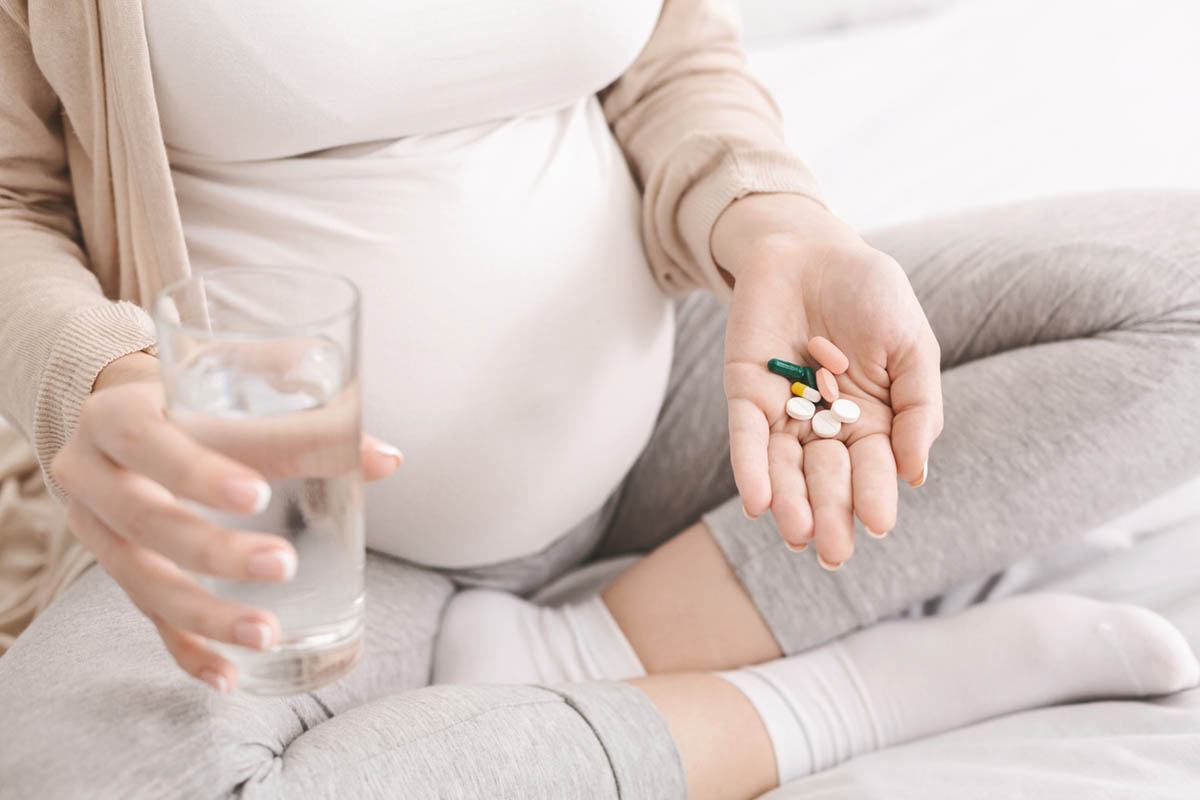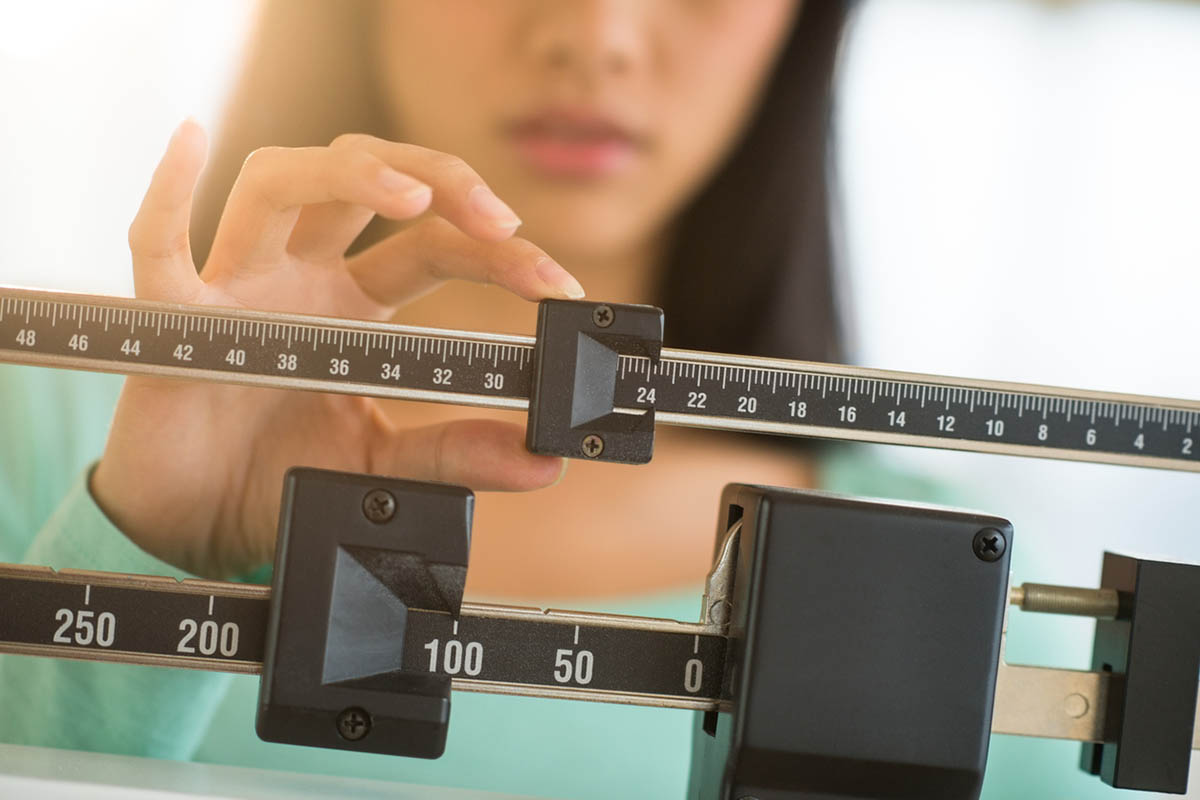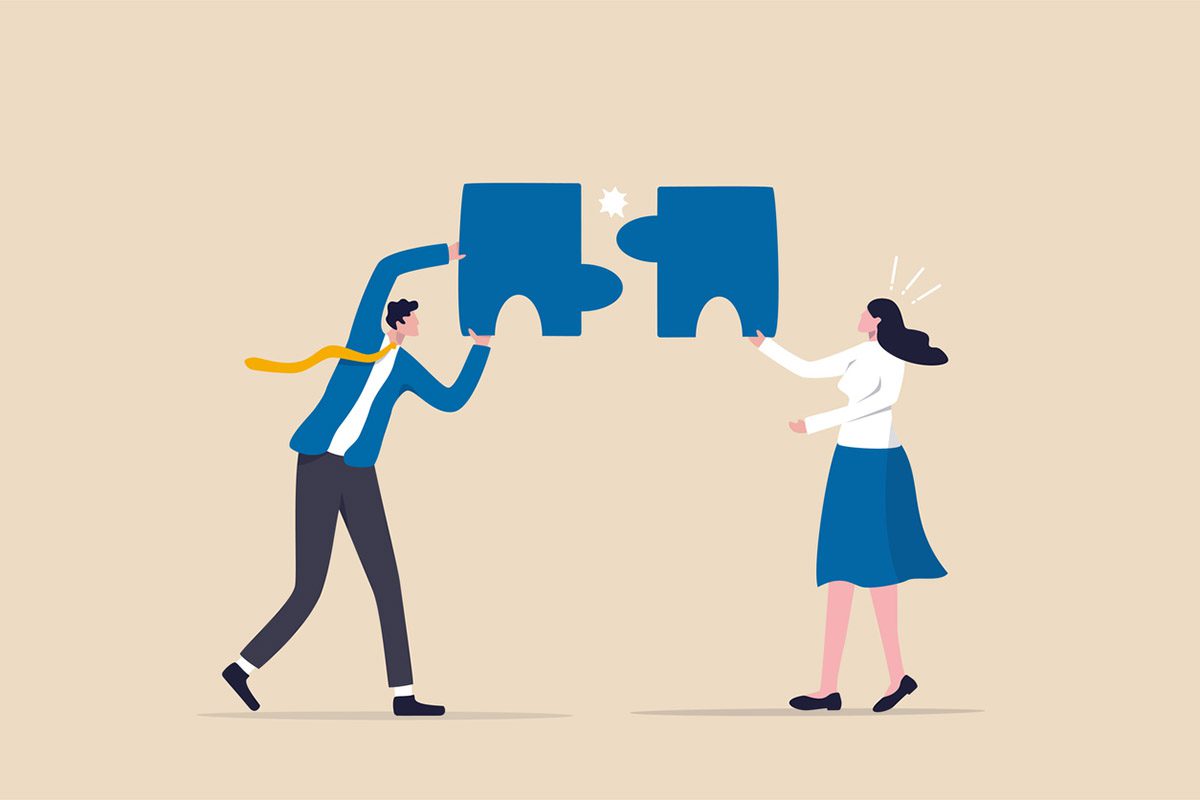Because this piece does not have an abstract, we have provided for your benefit the first 3 sentences of the full text.
In this issue of The Journal of Clinical Psychiatry, Chung et al present an interesting study on the efficacy of electroacupuncture for the treatment of chronic insomnia associated with depression. The authors found that, after 3 weeks of interventions, there was no difference between electroacupuncture and control interventions in subjective sleep efficacy, defined as percentage of time asleep over total time in bed. Furthermore, within each treatment group, there was essentially no change in objective sleep measures obtained via actigraphy, even though subjective sleep efficacy improved in all treatment arms.
The study by Chung and colleagues is novel because it targets a challenging patient population, has 2 meticulously designed control interventions, and uses objective outcome measures.
See article by Chung et al
This work may not be copied, distributed, displayed, published, reproduced, transmitted, modified, posted, sold, licensed, or used for commercial purposes. By downloading this file, you are agreeing to the publisher’s Terms & Conditions.

In this issue of The Journal of Clinical Psychiatry, Chung et al1 present an interesting study on the efficacy of electroacupuncture for the treatment of chronic insomnia associated with depression. The authors found that, after 3 weeks of interventions, there was no difference between electroacupuncture and control interventions in subjective sleep efficacy, defined as percentage of time asleep over total time in bed. Furthermore, within each treatment group, there was essentially no change in objective sleep measures obtained via actigraphy, even though subjective sleep efficacy improved in all treatment arms.
The study by Chung and colleagues1 is novel because it targets a challenging patient population, has 2 meticulously designed control interventions, and uses objective outcome measures. While some evidence supports acupuncture’s effectiveness in treating insomnia2-5 and in treating depression,6-8 few studies have addressed acupuncture’s efficacy in challenging situations where insomnia and depression coexist.9 Residual insomnia from depression is resistant to a variety of treatments including medications and therapy.10,11 The Chung et al1 study offers a fresh, complementary approach to this challenging syndrome beyond medications and behavioral therapies. Furthermore, this unique study has 2 control interventions: placebo acupuncture, a procedure in which a nonpenetrating device12 is placed at locations 1 inch away from the real acupuncture points, and minimal acupuncture, a procedure in which real acupuncture needles are inserted to standardized, off-meridian points and at shallow depth.13 While the placebo acupuncture controls for the placebo effect, the minimal acupuncture will help determine whether needle penetration is a critical factor for acupuncture’s efficacy. Finally, in contrast to many human clinical studies of acupuncture where subjective measures are the main outcome, the Chung et al study1 used objective outcome measures derived from actigraphy.14 These objective measures serve to validate the subjective measures and shed light on the efficacy and mechanisms of acupuncture. For example, in this short study, despite improvement in subjective sleep measures in the electroacupuncture and 2 control interventions, there is no significant change in the actigraphy measures, a finding that suggests a large, nonspecific effect.
Despite the strengths above, the Chung et al study1 is not without limitations, both in research methodology and in treatment approach. From a methodological standpoint, the entire study uses a single acupuncturist. Despite standardized treatment protocols, the acupuncturist’s skills and biases may still exert influence on clinical outcome.15-17 This provider bias may explain the difference between the positive pilot studies18,19 and the current study in which similar protocols are used, but the providers are different. In addition, the treatment protocol used by Chung et al1 raises several concerns from the standpoint of traditional Chinese medicine (TCM). First, insomnia has many TCM etiologies, some of which, such as excess liver energy, would not call for an intense electroacupuncture protocol as used in this study.9,20,21 Instead, light, manual stimulation would be preferred. This fact may explain the trend of the worsened sleep-onset latency in the electroacupuncture group and the improved, decreased sleep-onset latency in the control groups where the intensity of needle stimulation is much lighter (Table 4 in Chung et al1). Second, for chronic conditions, providers generally treat with acupuncture for 5-10 weeks.21,23 Three weeks appears inadequate for severe, chronic insomnia associated with depression. Third, the placebo acupuncture treatment may not be truly inert. The acupuncturist placed the placebo needles 1 inch away from the true points. However, 1 inch away from SP6 would get quite close to the kidney meridian (specifically KD7) and 1 inch away from PC6 would also get quite close to either the heart (HT 4) or the lung meridian (LU 7). It would have been better if the authors chose the same sham points for the placebo acupuncture as those for the minimal acupuncture, which have been previously validated.13 In conclusion, with a single acupuncture provider, short treatment duration, suboptimal treatment protocol, and a potentially active placebo, it is not surprising that Chung and colleagues’ study1 was negative, despite 2 previously positive pilots.
The next questions then become, What do we learn from this clinical trial? and Where do we go from here? As the authors accurately state, short-term electroacupuncture does not seem to work beyond placebo in treating residual insomnia from depression. However, this does not mean that acupuncture is ineffective for refractory insomnia associated with depression. In the much-needed future clinical trials, individualized acupuncture protocols provided at longer duration should be considered and administered by multiple providers. Actigraphy measures should be obtained prior to and after the interventions and their change compared to subjective measures, as done in this study. Finally, clinical studies of acupuncture in treating insomnia should include not only traditional placebo-controlled clinical trials but also comparative effectiveness studies23 in which long-term, patient-reported outcomes and cost-effectiveness are examined.24
Author affiliation: Department of Anesthesiology, Perioperative and Pain Medicine, Stanford University School of Medicine, Stanford, California.
Potential conflicts of interest: None reported.
Funding/support: None reported.
REFERENCES
1. Chung K-F, Yeung W-F, Yu Y-M, et al. Acupuncture for residual insomnia associated with major depressive disorder: a placebo- and sham-controlled, subject- and assessor-blind, randomized trial. J Clin Psychiatry. 2015;76(6):e752-e760.
2. Cheuk DK, Yeung WF, Chung KF, et al. Acupuncture for insomnia. Cochrane Database Syst Rev. 2012;9:CD005472. PubMed
3. Ernst E, Lee MS, Choi TY. Acupuncture for insomnia? an overview of systematic reviews. Eur J Gen Pract. 2011;17(2):116-123. PubMed doi:10.3109/13814788.2011.568475
4. Zhao K. Acupuncture for the treatment of insomnia. Int Rev Neurobiol. 2013;111:217-234. PubMed doi:10.1016/B978-0-12-411545-3.00011-0
5. Zhou YL, Gao XY, Wang PY, et al. Ren S. Effect of acupuncture at different acupoints on expression of hypothalamic GABA and GABA(A) receptor proteins in insomnia rats [article in Chinese]. Zhen Ci Yan Jiu. 2012; 37(4): 302-307.….
6. Kwon S, Lee B, Yeom M, et al. Modulatory effects of acupuncture on murine depression-like behavior following chronic systemic inflammation. Brain Res. 2012;1472:149-160. PubMed doi:10.1016/j.brainres.2012.07.009
7. Smith CA, Hay PP, Macpherson H. Acupuncture for depression. Cochrane Database Syst Rev. 2010;(1):CD004046. PubMed
8. Wu J, Yeung AS, Schnyer R, et al. Acupuncture for depression: a review of clinical applications. Can J Psychiatry. 2012;57(7):397-405. PubMed
9. Luo WZ, Zhang QZ, Lai XS. Effect of acupuncture treatment of relieving depression and regulating mind on insomnia accompanied with depressive disorders [article in Chinese]. Zhongguo Zhen Jiu. 2010;30(11):899-903 PubMed.
10. Lam RW. Sleep disturbances and depression: a challenge for antidepressants. Int Clin Psychopharmacol. 2006;21(suppl 1):S25-S29. PubMed doi:10.1097/01.yic.0000195658.91524.61
11. Tian H, Abouzaid S, Gabriel S, et al. Resource utilization and costs associated with insomnia treatment in patients with major depressive disorder. Prim Care Companion CNS Disord. 2012;14(5). PubMed
12. Streitberger K, Kleinhenz J. Introducing a placebo needle into acupuncture research. Lancet. 1998;352(9125):364-365. PubMed doi:10.1016/S0140-6736(97)10471-8
13. Melchart D, Streng A, Hoppe A, et al. Acupuncture in patients with tension-type headache: randomised controlled trial. BMJ. 2005;331(7513):376-382. PubMed doi:10.1136/bmj.38512.405440.8F
14. Lichstein KL, Stone KC, Donaldson J, et al. Actigraphy validation with insomnia. Sleep. 2006;29(2):232-239. PubMed
15. Price S, Mercer SW, MacPherson H. Practitioner empathy, patient enablement and health outcomes: a prospective study of acupuncture patients. Patient Educ Couns. 2006;63(1-2):239-245. PubMed doi:10.1016/j.pec.2005.11.006
16. Witt CM, Martins F, Willich SN, et al. Can I help you? physicians’ expectations as predictor for treatment outcome. Eur J Pain. 2012;16(10):1455-1466. PubMed doi:10.1002/j.1532-2149.2012.00152.x
17. Thomas KJ, MacPherson H, Ratcliffe J, et al. Longer term clinical and economic benefits of offering acupuncture care to patients with chronic low back pain. Health Technol Assess. 2005;9(32):iii-iv, ix-x, 1-109. PubMed
18. Yeung WF, Chung KF, Tso KC, et al. Electroacupuncture for residual insomnia associated with major depressive disorder: a randomized controlled trial. Sleep. 2011;34(6):807-815. PubMed
19. Yeung WF, Chung KF, Zhang SP, et al. Electroacupuncture for primary insomnia: a randomized controlled trial. Sleep. 2009;32(8):1039-1047. PubMed
20. Lu C, Yang XJ, Hu J. Efficacy comparison between acupuncture smoothing-liver and regulating-spleen method and regulating Governor Vessel method for menopausal insomnia [article in Chinese]. Zhongguo Zhen Jiu. 2014;34(8):759-762 PubMed.
21. Sok SR, Erlen JA, Kim KB. Effects of acupuncture therapy on insomnia. J Adv Nurs. 2003;44(4):375-384. PubMed doi:10.1046/j.0309-2402.2003.02816.x
22. Cummings M. Modellvorhaben Akupunktur—a summary of the ART, ARC and GERAC trials. Acupunct Med. 2009;27(1):26-30. PubMed doi:10.1136/aim.2008.000281
23. Witt CM, Aickin M, Cherkin D, et al; Collaborators. Effectiveness guidance document (EGD) for Chinese medicine trials: a consensus document. Trials. 2014;15(1):169. PubMed doi:10.1186/1745-6215-15-169
24. Spackman E, Richmond S, Sculpher M, et al. Cost-effectiveness analysis of acupuncture, counselling and usual care in treating patients with depression: the results of the ACUDep trial. PLoS ONE. 2014;9(11):e113726. PubMed doi:10.1371/journal.pone.0113726
Submitted: January 8, 2015; accepted January 9, 2015.
Corresponding author: Jiang-Ti Kong, MD, Stanford University, Stanford, CA 94304 ([email protected]).
J Clin Psychiatry 2015;76(6):e818-e819 (doi:10.4088/JCP.15com09782).
© Copyright 2015 Physicians Postgraduate Press, Inc.
This PDF is free for all visitors!




